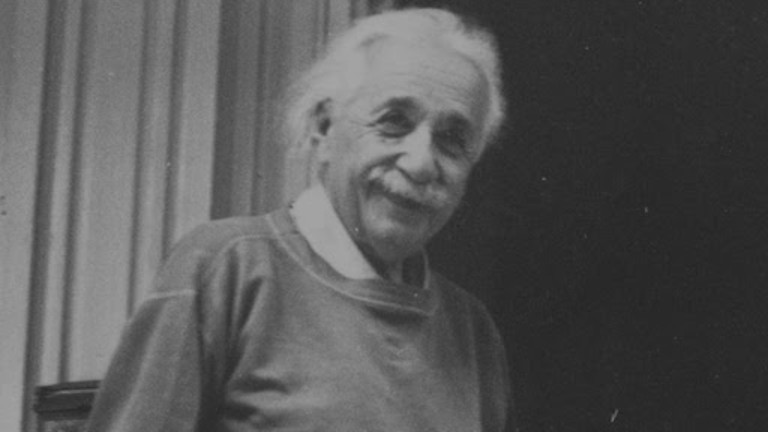The Unified Field Theory

One Force That Controls Everything
After the great triumph of relativity, Einstein spent years searching for an all-encompassing description of physics, the so-called unified field theory. At the time, there were only two known forces of nature, gravity and electromagnetism. There are currently four, plus two additional forces, the weak and the strong nuclear force, which were discovered in the 1950s. Einstein's goal was to unite gravity and electromagnetism. In the 1920s and 1930s, newspapers worldwide announced with each new model of unification that it would lead to a new understanding of the cosmos, until inevitably a fatal flaw was found, rendering the theory untenable.
The Kaluza-Klein Theory
The Kaluza-Klein Theory is one of the first attempts at a unified theory. This model inspired Einstein. German mathematician Theodor Kaluza laid the foundation in 1919 and the theory was further developed by Swedish physicist Oskar Klein. The essence is that space-time is essentially five-dimensional. Gravity is built into the four ordinary dimensions, and the interactions in the fifth dimension explain electromagnetism. The most important contribution is the explanation of why you do not see the fifth dimension. He reasoned that it was heavily curled up and therefore hidden. The dimensions of the fifth dimension were determined by an extra particle that predicted the theory, the "radion". The Kaluza-Klein Theory, despite the shortcomings that have been shown later, is an enduring model for theoretical physics, thanks to the use of extra dimensions and particles that also occur in modern unification schemes such as string theory.
Is Physics Really Unified?
Some scientists strongly doubt that a useful unified field theory, also known as "Theory of Everything" in modern language, will ever be found. Progress has been made in the field of a few forces. In the 1970s, the electroweak theory successfully combined the weak nuclear force with electromagnetism. There are also encouraging developments in attempts to incorporate the strong nuclear force therein. However, Einstein's baby gravity still didn't want to fit in. Therefore, Einstein, probably the greatest physicist of all time, may have spent much of his life on what was ultimately a fruitless endeavor. Many consider this to be a cosmic tragedy.